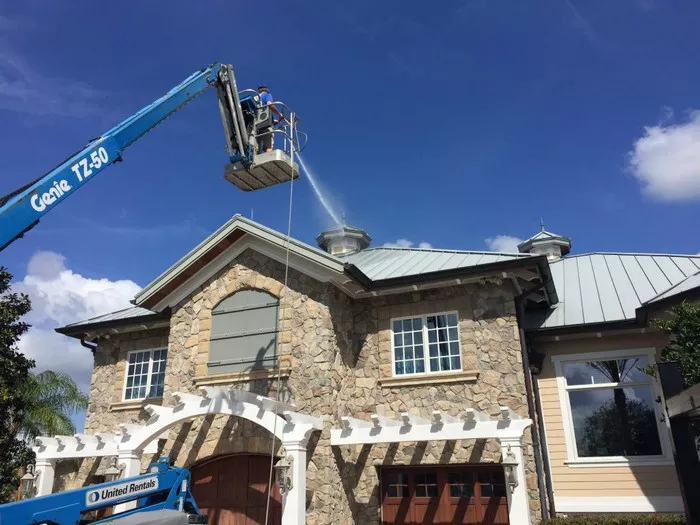Embarking on a career as a chimney sweep can be a rewarding journey, offering opportunities for independence, skill development, and serving an essential function in home maintenance. While it may seem like a niche profession, the demand for chimney sweeps remains steady, making it a viable option for those with a penchant for hands-on work and a commitment to safety. If you’re considering becoming a chimney sweep, follow this comprehensive guide to get started on your path to success.
Understanding the Role of a Chimney Sweep
Before delving into the specifics of training and certification, it’s crucial to understand the responsibilities associated with being a chimney sweep. Chimney sweeps are tasked with inspecting, cleaning, and maintaining chimneys and fireplaces to ensure they function safely and efficiently. This involves removing soot, creosote, and debris from chimney flues, identifying potential hazards such as blockages or damage, and providing recommendations for repairs or upgrades to enhance safety and performance.
Step 1: Research the Profession
Begin by researching the profession to gain insight into the skills, requirements, and potential challenges associated with being a chimney sweep. Take advantage of online resources, industry publications, and informational interviews with experienced professionals to gather valuable insights into the day-to-day realities of the job.
Step 2: Obtain Necessary Training and Education
While formal education requirements may vary depending on your location, acquiring comprehensive training in chimney sweeping techniques and safety protocols is essential for success in this field. Look for reputable training programs offered by organizations such as the Chimney Safety Institute of America (CSIA) or the National Chimney Sweep Guild (NCSG), which provide comprehensive courses covering chimney anatomy, cleaning methods, inspection techniques, and more.
Step 3: Gain Hands-on Experience
Once you’ve completed your training, gaining hands-on experience under the guidance of a seasoned chimney sweep is invaluable. Consider seeking employment or apprenticeship opportunities with established chimney sweep companies to hone your skills, learn industry best practices, and familiarize yourself with different types of chimneys and heating systems.
Step 4: Obtain Required Licenses and Certifications
Depending on your location, you may need to obtain specific licenses or certifications to legally operate as a chimney sweep. Research the regulatory requirements in your area and ensure that you comply with all necessary permits, licenses, and certifications to conduct business safely and legally.
Step 5: Invest in Quality Equipment
Investing in high-quality equipment and tools is essential for performing chimney sweeps efficiently and effectively. Purchase industry-standard brushes, rods, vacuums, and safety gear to ensure that you can tackle a wide range of chimney cleaning and maintenance tasks with confidence.
Step 6: Establish Your Business
Whether you choose to work independently or join an existing chimney sweep company, establishing your business requires careful planning and attention to detail. Develop a business plan outlining your services, pricing structure, marketing strategies, and growth objectives to lay a solid foundation for your chimney sweep business.
Step 7: Market Your Services
Promoting your chimney sweep services effectively is essential for attracting clients and growing your business. Utilize a mix of online and offline marketing tactics, including website development, social media engagement, networking events, and targeted advertising to reach potential customers in your area.
Step 8: Prioritize Safety and Professionalism
As a chimney sweep, safety should always be your top priority. Adhere to industry safety standards, use proper protective equipment, and stay updated on the latest advancements in chimney sweeping techniques and technology to ensure the safety of yourself and your clients. Additionally, maintaining a professional demeanor and providing exceptional customer service will help you build trust and credibility within the community.
Step 9: Continue Learning and Growing
The field of chimney sweeping is constantly evolving, with new technologies, regulations, and best practices emerging regularly. Commit to lifelong learning by attending workshops, seminars, and industry conferences to stay informed about the latest developments and advancements in the field.
Conclusion
Becoming a professional chimney sweep requires dedication, training, and a commitment to excellence. By following the steps outlined in this guide, you can embark on a fulfilling career in chimney sweeping, helping homeowners maintain safe and efficient chimneys while enjoying the satisfaction of mastering a valuable trade.
FAQs
Q1. How long does it take to become a certified chimney sweep?
A1: The duration of training and certification can vary depending on the program you choose and your prior experience. However, most reputable chimney sweep training programs require anywhere from several days to several weeks of intensive instruction, followed by a period of hands-on apprenticeship or field experience.
Q2. Is chimney sweeping a physically demanding job?
A2: Yes, chimney sweeping can be physically demanding, as it often involves climbing ladders, working in confined spaces, and lifting heavy equipment. Proper physical fitness and strength are essential for performing chimney sweeps safely and effectively.
Q3. What is the earning potential for chimney sweeps?
A3: Earning potential for chimney sweeps can vary depending on factors such as location, experience, and the size of your client base. According to the U.S. Bureau of Labor Statistics, the median annual wage for chimney sweeps and related workers is around $40,000, with the top earners in the field commanding significantly higher salaries.

